- 841
- 1,320
- 93
- Location
- La Crosse, WI
Steel Soldiers now has a few new forums, read more about it at: New Munitions Forums!

What size kw will that be once mounted?UPS is working overtime... The major electrical components have arrived.
View attachment 919683View attachment 919684
2200w solar, inverter is 3000w continuousWhat size kw will that be once mounted?
Wow that's a nice big number, for a vehicle. I've seen some spec homes that only had 3k on the roof. Pretty cool2200w solar, inverter is 3000w continuous
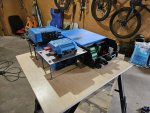
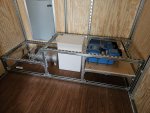
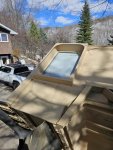
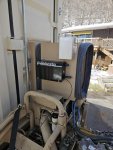
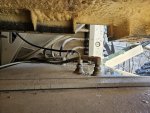
Is the alu tank your header tank? You will likely want to move that indoors somewhere. Otherwise, your 150° glycol will be chilling rapidly while waiting for its trip through the heater. Even just moving it inside the passthrough would likely make a world of difference.
It's the expansion tank, the only flow into/out of it will be from coolant expansion-no circulation through it. Sure there may be a little of it mixing in the system from turbulence but I doubt it will be significant. The main coolant lines will most likely get some insulation.Is the alu tank your header tank? You will likely want to move that indoors somewhere. Otherwise, your 150° glycol will be chilling rapidly while waiting for its trip through the heater. Even just moving it inside the passthrough would likely make a world of difference.
Did you hook the cables up in series or parallelMounted solar panels today, 2200w residential. 4 points of attachment, M8 riv-nuts into roof. Sealed with sikaflex 221. Zinc chromate 10.9 fasteners.
Didn't even fall off the roof once!
View attachment 920859
Haven't done it yet, based on voltage and current ratings I can do either. I'm currently thinking I'll series each set of 2, then parallel those 3 setsDid you hook the cables up in series or parallel
Did you do your cold Voc calculationsHaven't done it yet, based on voltage and current ratings I can do either. I'm currently thinking I'll series each set of 2, then parallel those 3 sets
MPPT controller can handle 250V, each panel is 48 VOC per datasheet. I could easily do 3 in series in 2 sets with lots of headroom. I'll probably do 2 in series with 3 sets - to optimize generation with shading. Each panel is just below 10A so I could run the 3 sets into one set of cables and be under the 30A limit of MC4 connectors. Open to thoughts.Did you do your cold Voc calculations?
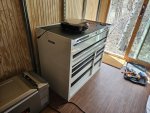
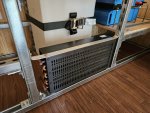
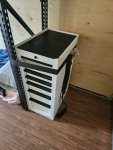
1— depends upon the panels them selves;Problem with series is shade, have lots of deciduous trees around here so if a single panel is shaded, it would kill half my output. (From my very limited research) I plan to look at some technical reports, forums seem to be ripe with opinions instead of facts from the RV community.
